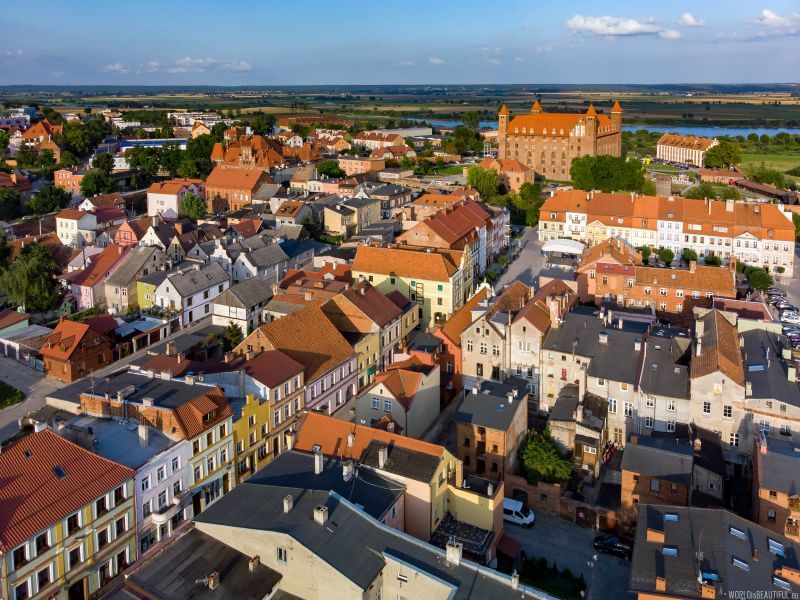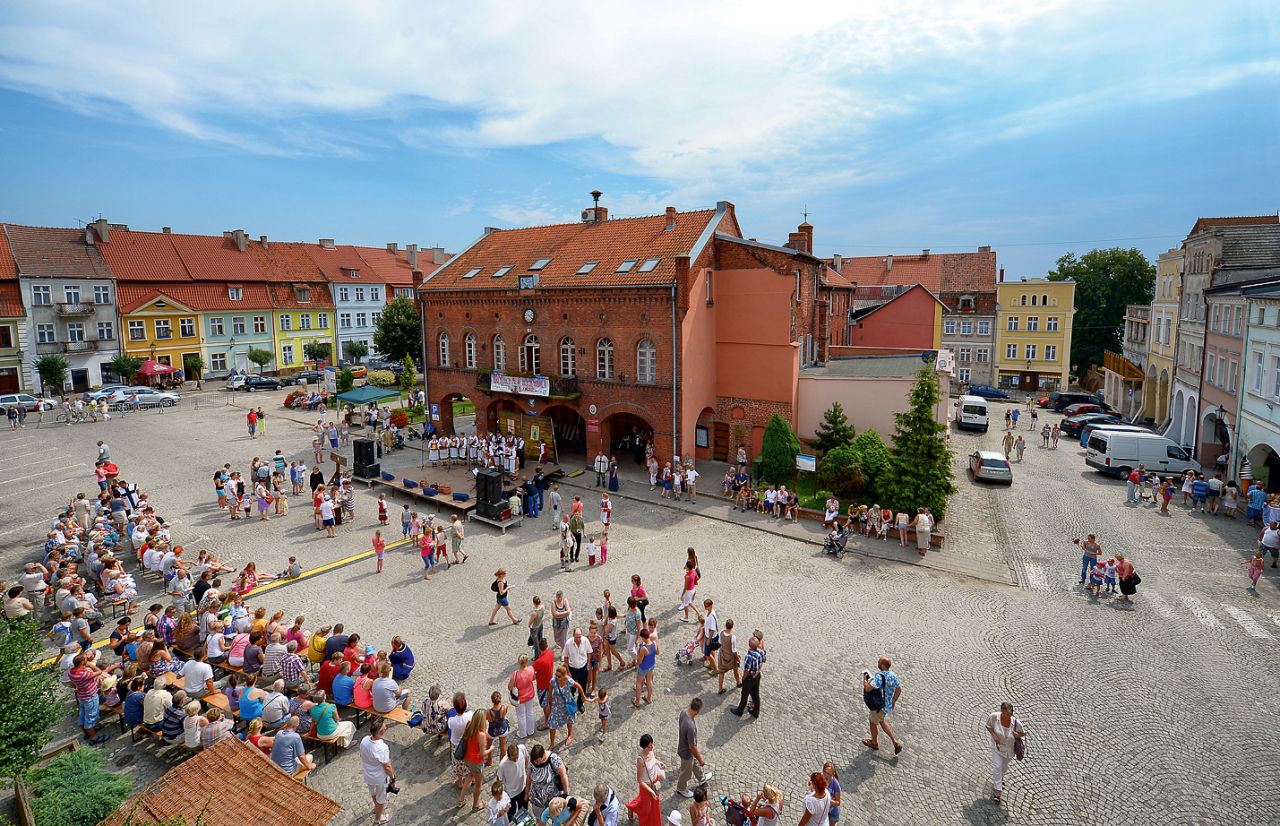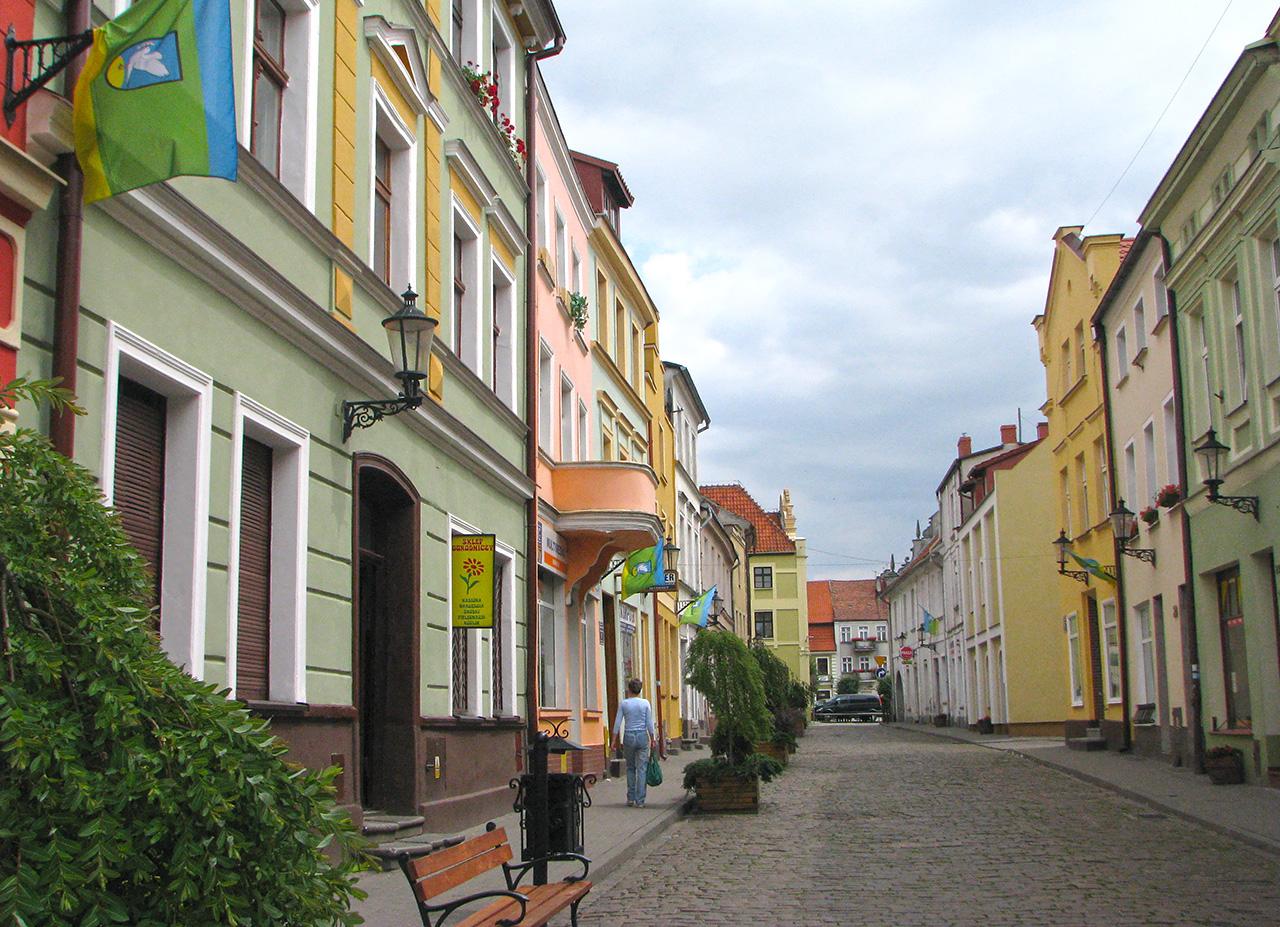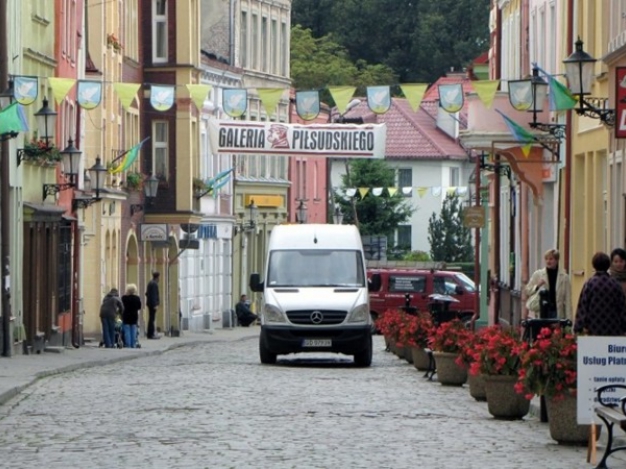- RuSSian aggression against Ukraine
- LET`S START
- A LITTLE BIT ABOUT POLAND
- Variety is the spice of life
- Poland - Enchanted Forest - topics for discussion
- Miłosz a great poet was??!!
- Historia magistra vitae
- Capricious Gourmet
- Conscientious Connoisseur of Art
- Laughably unPOLISHed
- Economy, business, laws in Poland
- Through the viewfinder 1 - sites
- Through the viewfinder 2 - events
- Through the viewfinder 3 - objects
- Through the viewfinder 3 - people
- Through the viewfinder 4 - creatures
- Through the viewfinder 5 - varia
- GENERAL NEWS AND VIEWS














/fototapety-gniew-miasto-z-zamku-krzyzackiego-w-wierzyca-rzeki-polska.jpg.jpg)








